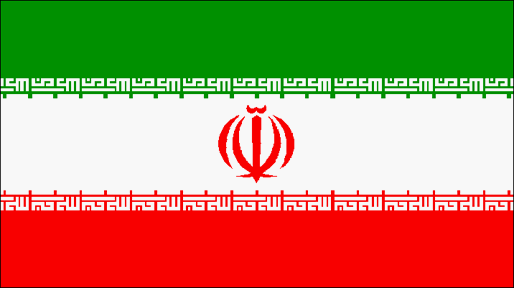





Iran has built up military capabilities on the island, including constructing an airport and upgrading port facilities. In 1994 and 1995 Iran stationed Islamic Revolutionary Guard Corps (IRGC) soldiers on the islands, as well as US-made Hawk anti-aircraft missile batteries, artillery and eventually Silkworm anti-ship missiles. There were several hundred troops there in October 1994, and by March 1995 the total number of Iranian military people had gone up to over a thousand. As of early 1995 the Iranian presence on Abu Musa included a Hawk battery, some artillery, and about ten Korean War-vintage tanks. Iran also improved some fortifications or berms around the edge of the island. Subsequently, it was suggested Iran had deployed the highly capable C-801 anti-ship missiles (with a range of 130km) on the island
The islands are strategically located near the Strait of Hormuz shipping lanes. During a press conference on 18 December 1997, Iranian Deputy Foreign Minister Abbas Maleki stated that Iran supported the free flow of oil through the Strait of Hormuz, but reserved the option of closing off the shipping route if it is threatened. In March 2000 Jane's Defence Weekly obtained the first commercially-released 1m resolution satellite image of Abu Musa, taken by the IKONOS satellite on 29 October 1999. According to analysis conducted for Jane's, "the most remarkable aspect about Abu Musa is its lack of major military infrastructure and fortification, despite the fact that it has been under Iranian occupation for 29 years." A series of deep cuttings on the northeast part of the island could be a storage complex for vehicles and possibly anti-ship missile systems.

